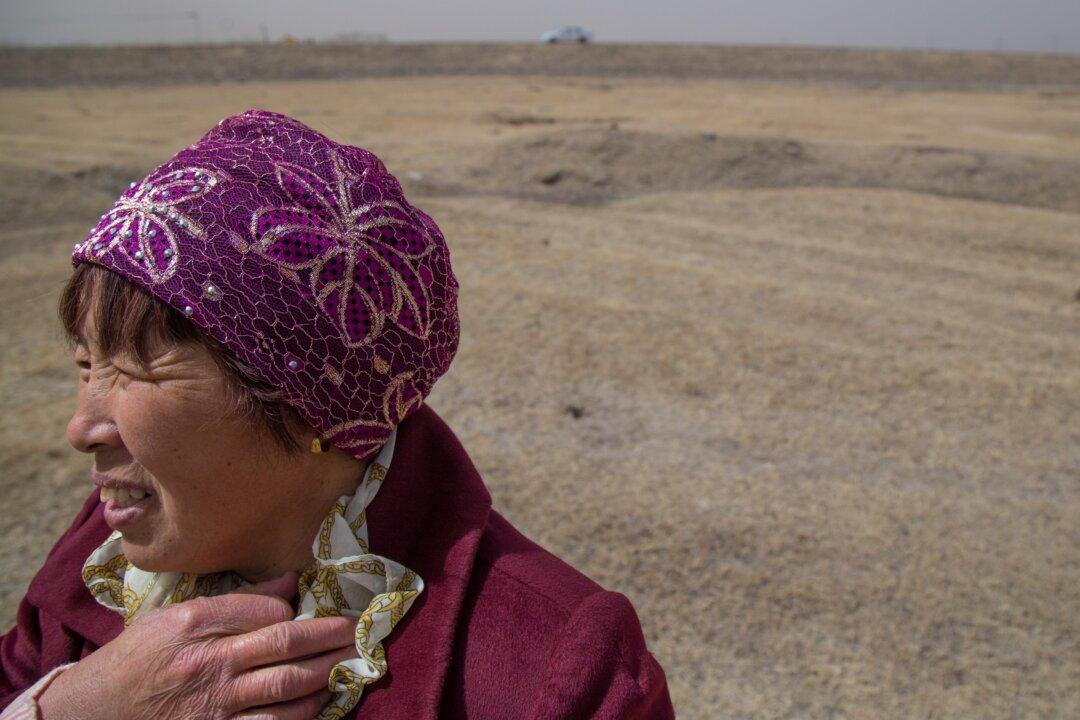A series of internal government documents from China’s Inner Mongolia region has revealed that local authorities have been downplaying the scale of the CCP virus outbreak there.
Data obtained by The Epoch Times showed that authorities kept an internal tally of people who tested positive for the virus, which was far higher than the figures publicly announced.





